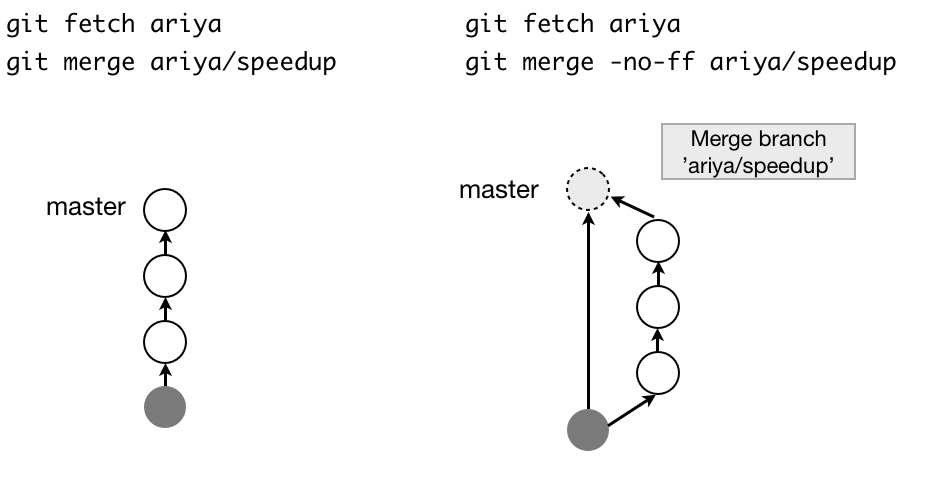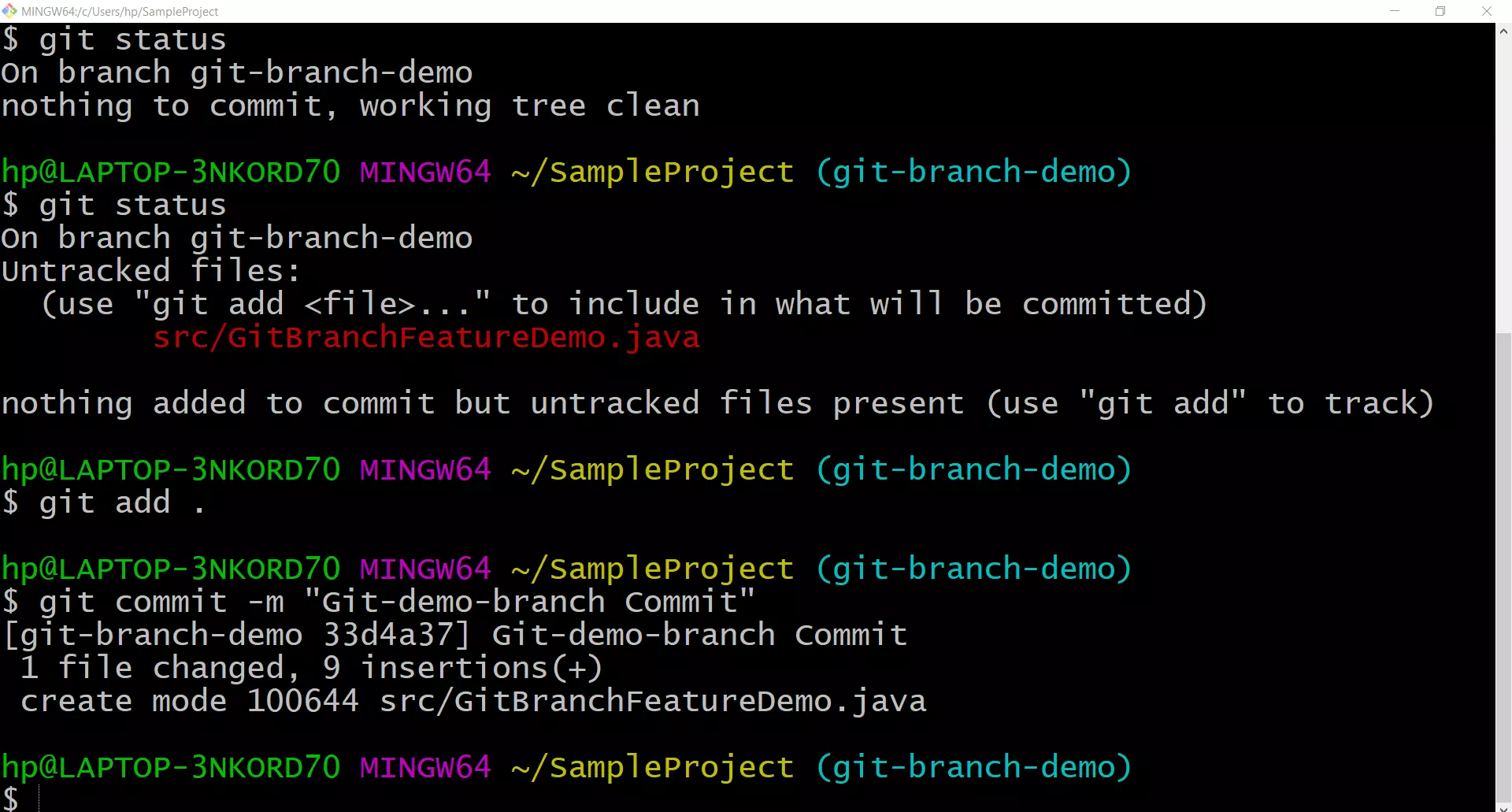

The git commit command is one of the core primary functions of Git. This indicates that we are not creating a new commit, but editing the last. This time, however, it will be pre-filled with the commit message we previously entered. This will once again, open up the configured text editor. Git's snapshot model has a far-reaching impact on virtually every aspect of its version control model, affecting everything from its branching and merging tools to its collaboration work-flows. This makes many Git operations much faster than SVN, since a particular version of a file doesn’t have to be “assembled” from its diffs-the complete revision of each file is immediately available from Git's internal database. Git, on the other hand, records the entire contents of each file in every commit.

For example, a SVN commit consists of a diff compared to the original file added to the repository. Whereas SVN tracks differences of a file, Git’s version control model is based on snapshots. Snapshots, not differencesĪside from the practical distinctions between SVN and Git, their underlying implementation also follows entirely divergent design philosophies. For more information regarding best practices for Git team collaboration read how teams structure their Git workflow. While isolation and deferred integration are individually beneficial, it is in a team's best interest to integrate frequently and in small units. It also lets developers work in an isolated environment, deferring integration until they’re at a convenient point to merge with other users. This has many advantages over SVN-style collaboration: it makes it easier to split up a feature into atomic commits, keep related commits grouped together, and clean up local history before publishing it to the central repository. Instead of making a change and committing it directly to the central repo, Git developers have the opportunity to accumulate commits in their local repo. This changes the basic development model for Git users. Just as the staging area is a buffer between the working directory and the project history, each developer’s local repository is a buffer between their contributions and the central repository. In contrast, Git doesn’t force you to interact with the central repository until you’re ready. This is fundamentally different from SVN, wherein the working copy is committed to the central repository. Git Snapshots are always committed to the local repository.

Commits are created with the git commit command to capture the state of a project at that point in time. Commits can be thought of as snapshots or milestones along the timeline of a Git project. Commits are the core building block units of a Git project timeline. How it worksĪt a high-level, Git can be thought of as a timeline management utility. Git commits can later be pushed to arbitrary remote repositories. In Git, repositories are distributed, Snapshots are committed to the local repository, and this requires absolutely no interaction with other Git repositories. In SVN, a commit pushes changes from the local SVN client, to a remote centralized shared SVN repository. To compare git commit vs svn commit is to compare a centralized application model (svn) vs a distributed application model (Git). This shared term can be a point of confusion for Git newcomers who have a svn background, and it is important to emphasize the difference. While they share the same name, git commit is nothing like svn commit. These two commands git commit and git add are two of the most frequently used. Prior to the execution of git commit, The git add command is used to promote or 'stage' changes to the project that will be stored in a commit. Committed snapshots can be thought of as “safe” versions of a project-Git will never change them unless you explicitly ask it to.

The git commit command captures a snapshot of the project's currently staged changes.


 0 kommentar(er)
0 kommentar(er)
